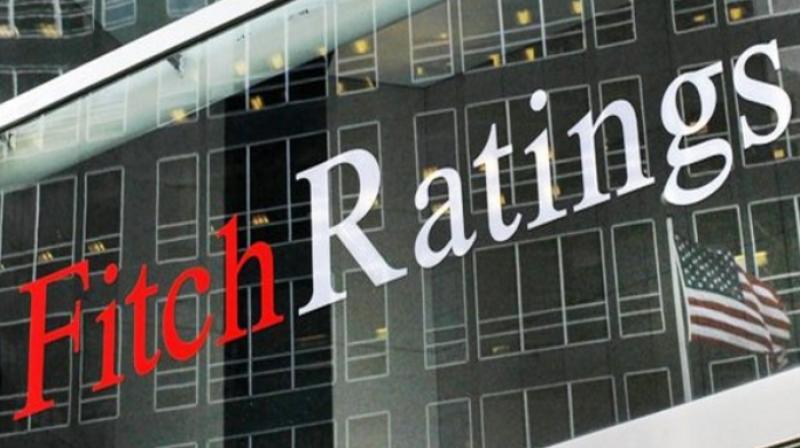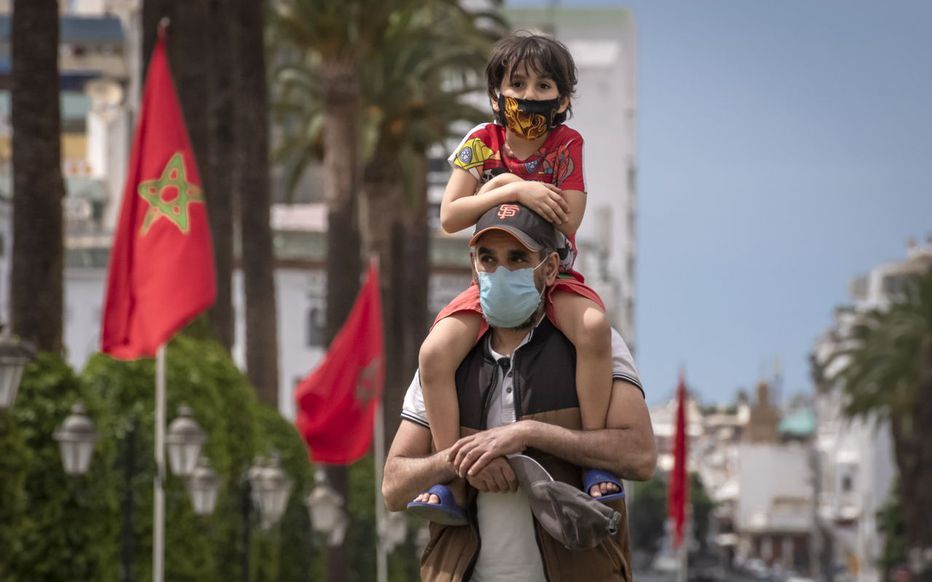 Morocco’s economic growth has picked up in 2017 and is expected to reach 4.4 percent mostly driven by a significant rebound in agricultural activity, said the International Monetary Fund (IMF).
Morocco’s economic growth has picked up in 2017 and is expected to reach 4.4 percent mostly driven by a significant rebound in agricultural activity, said the International Monetary Fund (IMF).
“Inflation has declined further and credit growth is recovering”, while the current account deficit is projected to improve in 2017 to 3.9 percent of GDP, driven by strong export growth that will offset higher oil prices and sustained capital goods imports, added the IMF in a press release issued Tuesday after completing 2017 Article IV Consultation and third review of the Precautionary and Liquidity Line (PLL) Arrangement.
International reserves are expected to remain comfortable, at about six months of imports, underlined the Fund staff. In 2018, growth is projected to slow due to a negative base effect of the agricultural sector and to reach 4.5 percent over the medium term with the implementation of structural reforms, affirmed the experts of IMF.
However, the outlook remains subject to significant domestic and external risks, including delays in implementing key reforms, weaker-than-expected growth in advanced and emerging market economies, world energy prices, geopolitical tensions in the region, and volatility in global financial markets, said the IMF.
“In recent years, the Moroccan economy has benefited from the continuation of prudent macroeconomic policies and structural reforms. Improved fiscal management and diversification of the economy have strengthened its resilience”, explained the Fund’s analysts.
However, they said the outlook remains subject to significant domestic and external risks, including delays in implementing key reforms, weaker-than-expected growth in advanced and emerging market economies, world energy prices, geopolitical tensions in the region, and volatility in global financial markets.
On the fiscal side, “the consolidation process continues. Developments as of end-September were broadly positive and in line with the authorities’ objective to reduce the fiscal deficit to 3.5 percent of GDP in 2017”, noted the IMF team.
For 2018, the team welcomed the objective to further reduce the fiscal deficit to 3 percent of GDP through revenue enhance measures and expenditure containment as indicated in the budget law submitted to Parliament.
According to the IMF experts, over the medium term, a comprehensive tax reforms should continue to make the tax system more efficient and equitable and to support the authorities’ objective to place public debt firmly on a downward path and bring it to 60 percent of GDP by 2021 compared to 64.3 percent in 2017.
These efforts would also provide more room to investment in infrastructure and human capital in support of growth and social programs, said the Fund’s team expressing supports ongoing efforts in fiscal decentralization and emphasizes the needs to ensure good governance, transparency, and fiscal discipline at the local level.
IMF Staff also backed Moroccan authorities’ intention to gradually transition to a more flexible exchange rate regime, which should support the economy’s ability to absorb external shocks, and raise competitiveness.
The Moroccan financial sector is well capitalized, and the risks to financial stability remain limited. Nonperforming loans remain relatively high but they are closely monitored and are well provisioned, said the press release of the Fund.
It welcomes the continued strengthening of regulatory limits to reduce credit concentration and the ongoing collaboration with cross-border supervisory bodies to contain risks related to Moroccan banks’ expansion in Africa.
The IMF Executive Board approved a 24-month arrangement under the Precautionary Liquidity Line (PLL) in an amount equivalent to around US$3.5 billion (280 percent of Morocco’s quota) in July 2016.


